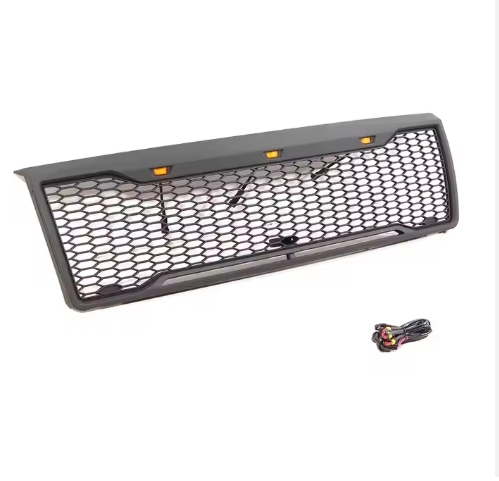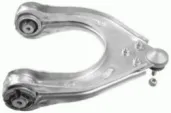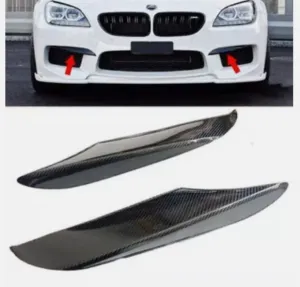Introduction to Automobile-Automobile Construction
The overall structure of the automobile is basically composed of four parts: engine, chassis, body and electrical appliances.
Engine
The engine is the power plant of the car, and its function is to turn the fuel into heat energy after combustion, and into kinetic energy, which drives the car through the transmission system of the chassis.
Chassis
The function of the chassis is to support the car body, accept the power generated by the engine, and ensure that the car can run normally. Chassis itself can be divided into four parts: transmission system, driving system, steering system and braking system.
Car body
The body refers to the part of the vehicle used to carry people and goods, as well as the whole vehicle. The automobile body structure mainly includes the body shell, the door, the window, the front plate parts, the body internal and external decoration parts and the body accessories, the seat and the ventilation, heating, air conditioning, air conditioning device and so on. Carriages and other equipment are also included in vans and special purpose vehicles.
Automobile electrical appliances
The electrical equipment includes power supply, engine starting system, automobile lighting and other electrical equipment, and the engine ignition system is also included in the engine with forced ignition.
Working principle of engine
Working principle of four-stroke gasoline engine
The reason why the engine can provide power continuously is due to the orderly circulation of air intake, compression, work and exhaust in the cylinder.
Intake stroke, when the piston moves from BDC to BDC, the intake valve opens, the exhaust valve closes, and fresh air and gasoline mixture are sucked into the cylinder.
The compression stroke, the intake and exhaust valves close, the piston moves from BDC to TDC, and the mixture is compressed to the top of the cylinder to increase the temperature of the mixture and prepare for the work stroke.
When the work stroke is done, the spark plug ignites the compressed gas, and the mixed gas “explodes” in the cylinder to produce great pressure, pushing the piston from the upper dead center to the bottom dead point, and driving the crankshaft to rotate through the connecting rod.
In the exhaust stroke, the piston moves from BDC to TDC, at this time the intake valve closes and the exhaust valve opens, and the burned exhaust gas is discharged out of the cylinder through the exhaust manifold.
Working principle of four-stroke diesel engine
Like a gasoline engine, each working cycle of a four-stroke diesel engine consists of intake stroke, compression stroke, work stroke and exhaust stroke. Because diesel engine uses diesel as fuel, compared with gasoline, diesel has low spontaneous combustion temperature, high viscosity and is not easy to evaporate, so diesel engine uses compression end point spontaneous combustion to ignite.
Working principle of two-stroke gasoline engine
There are three holes in the engine cylinder block, namely, the intake hole, the exhaust hole and the air exchange hole, which are closed by the piston at a certain time.
Its working cycle contains two strokes as follows:
The first stroke: the piston moves upward from BDC, and after the three pores are closed at the same time, the mixture entering the cylinder is compressed; when the intake hole is exposed, the combustible mixed air enters the crankcase.
Second stroke: when the piston is compressed near TDC, the spark plug ignites the combustible mixture, and the gas expansion pushes the piston down to do work. At this time, the intake hole is closed, and the combustible mixture sealed in the crankcase is compressed; when the piston approaches the BDC, the exhaust hole opens and the exhaust gas flushes out; then the air exchange hole is opened, and the prepressed combustible gas is flushed into the air, driving the exhaust gas and carrying out the air exchange stroke.
Working principle of rotor engine
The inner space of the shell (or wheel chamber) is always divided into three studios.
In the process of rotor movement, the volumes of the three studios are constantly changing, and four strokes of intake, compression, combustion and exhaust are completed in the cycloidal cylinder. Each stroke is carried out in a different position in the cycloidal cylinder.
 April 1, 2024
April 1, 2024  March 27, 2024
March 27, 2024 
 March 27, 2024
March 27, 2024 










